It takes resources to produce, ship around the globe, and to get rid of. This waste can make its way into our streams, rivers and oceans, degrading them all.
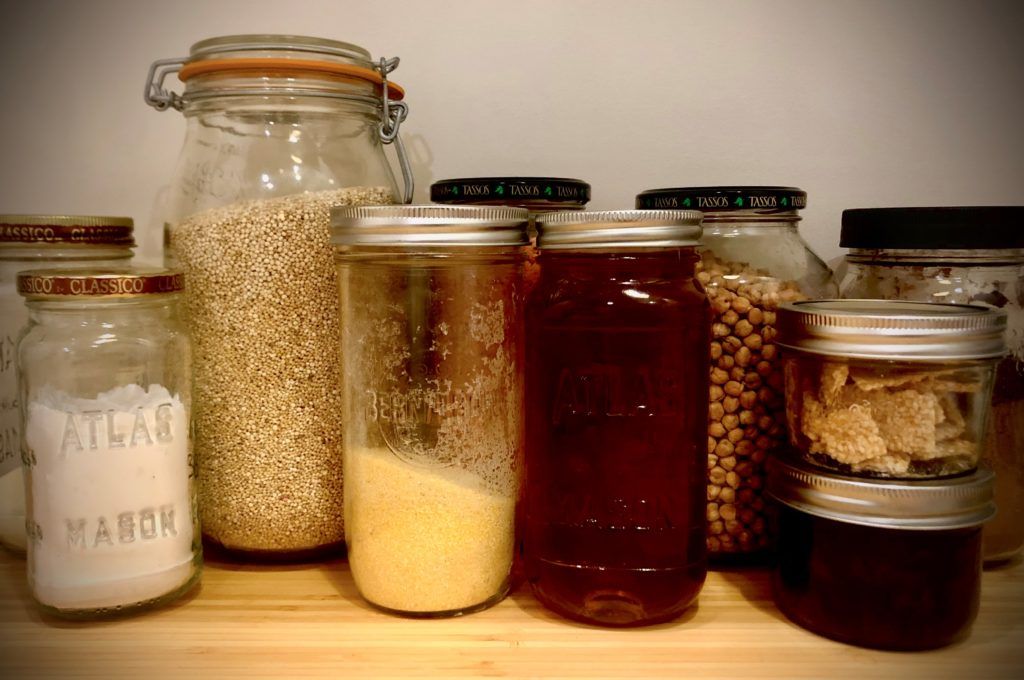
"We don’t need a handful of people doing zero waste perfectly. We need millions of people doing it imperfectly."
- Anne Marie Bonneau, Zero Waste Chef
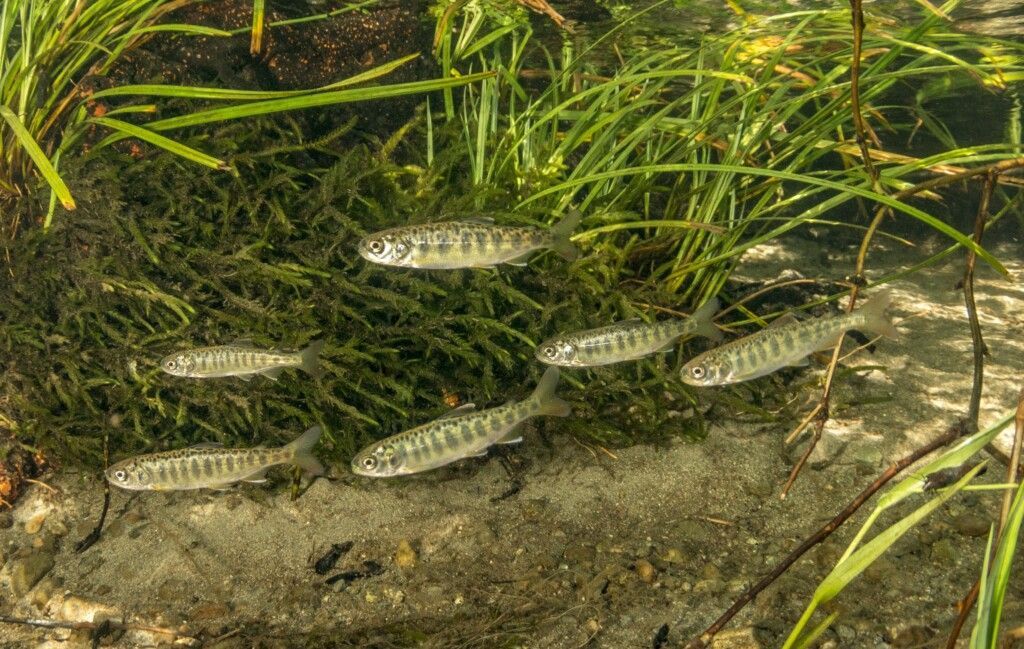
Packaging is a huge source of plastic waste, much of which can not be recycled and can end up in streams and the ocean harming salmon and other creatures.
We can start by taking inventory of everything we do and use in a day. This process can help us create a list of possible alternatives to try. A visual inventory is even better - pile your trash and recycling for a day to visualize how much we really toss “away” each day.
Sign the pledge and have a contest with your friends to see who can produce the least amount of trash in a month – and even better, who can produce less “recycle waste”. Recyclables still use energy to be processed (maybe it should be renamed to Reduce- Reuse- Refuse!). And we cannot always rely on such services – glass container recycling was temporarily suspended due to flooding in British Columbia.
To help get you started, here is a map of Zero-Waste Shops around the Strait of Georgia!
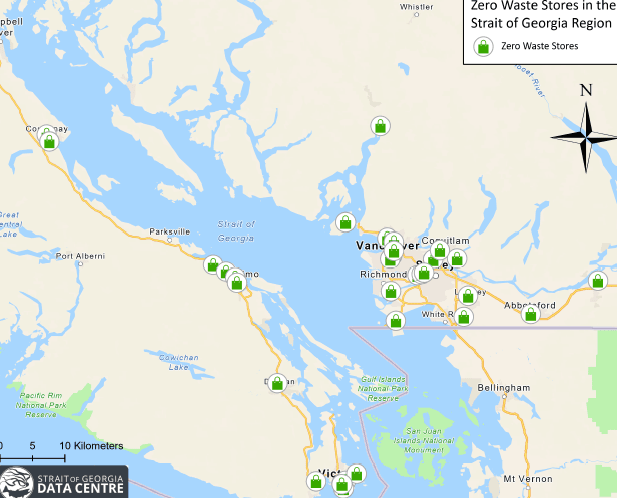
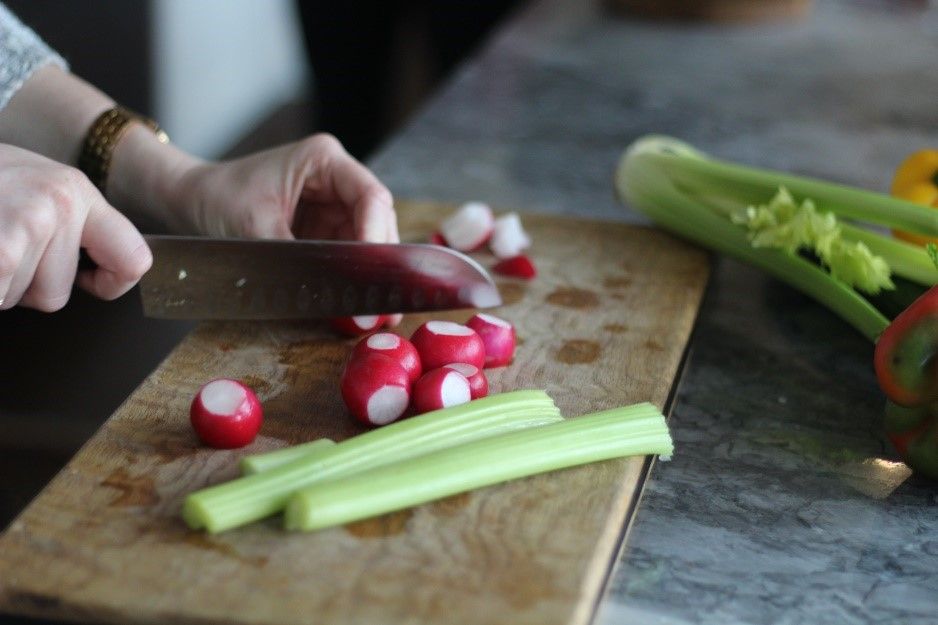
A big way we can reduce our waste is by taking a few simple steps when it comes to purchasing food. Shop local farmer’s markets and sign up for a local farm’s CSA (Community Supported Agriculture) subscription boxes. It helps support local farms and eating local also helps reduce your carbon footprint (see more about reducing the impact of what you eat including a map of farmer’s markets).
Let’s explore some other simple switches we can make to reduce the waste from what we eat and drink.
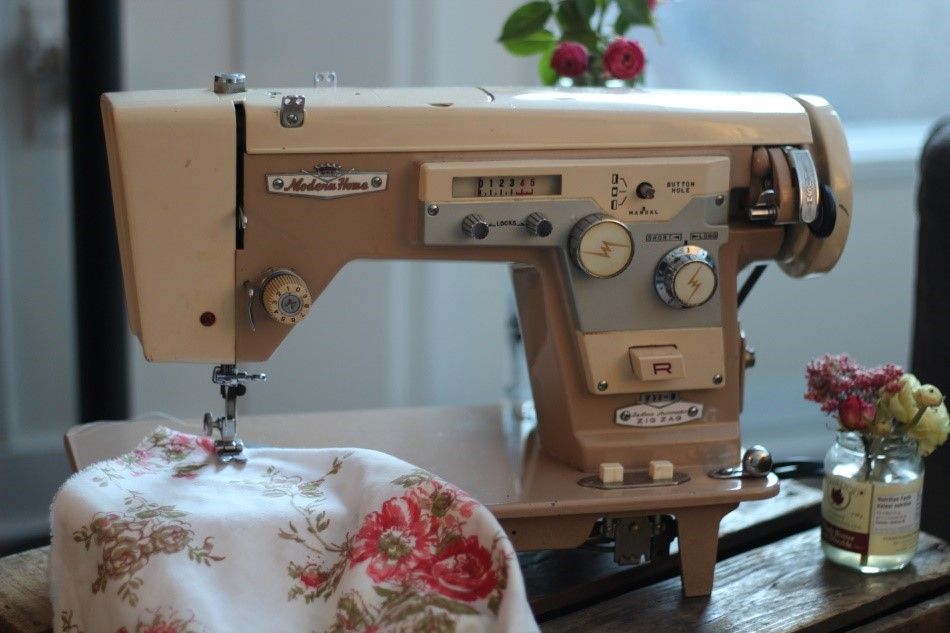
We create waste in more ways than when purchasing food – like washing dishes and doing laundry. These typically involve using products that come in packaging. We can learn to make our own and even save money doing so!
Zero Waste Home – with a starter guide for going waste-free
Trash is for Tossers – with Zero Waste Alternatives- The Ultimate List
How to Go Zero Waste – David Suzuki
Photo credits: Maria Catanzaro